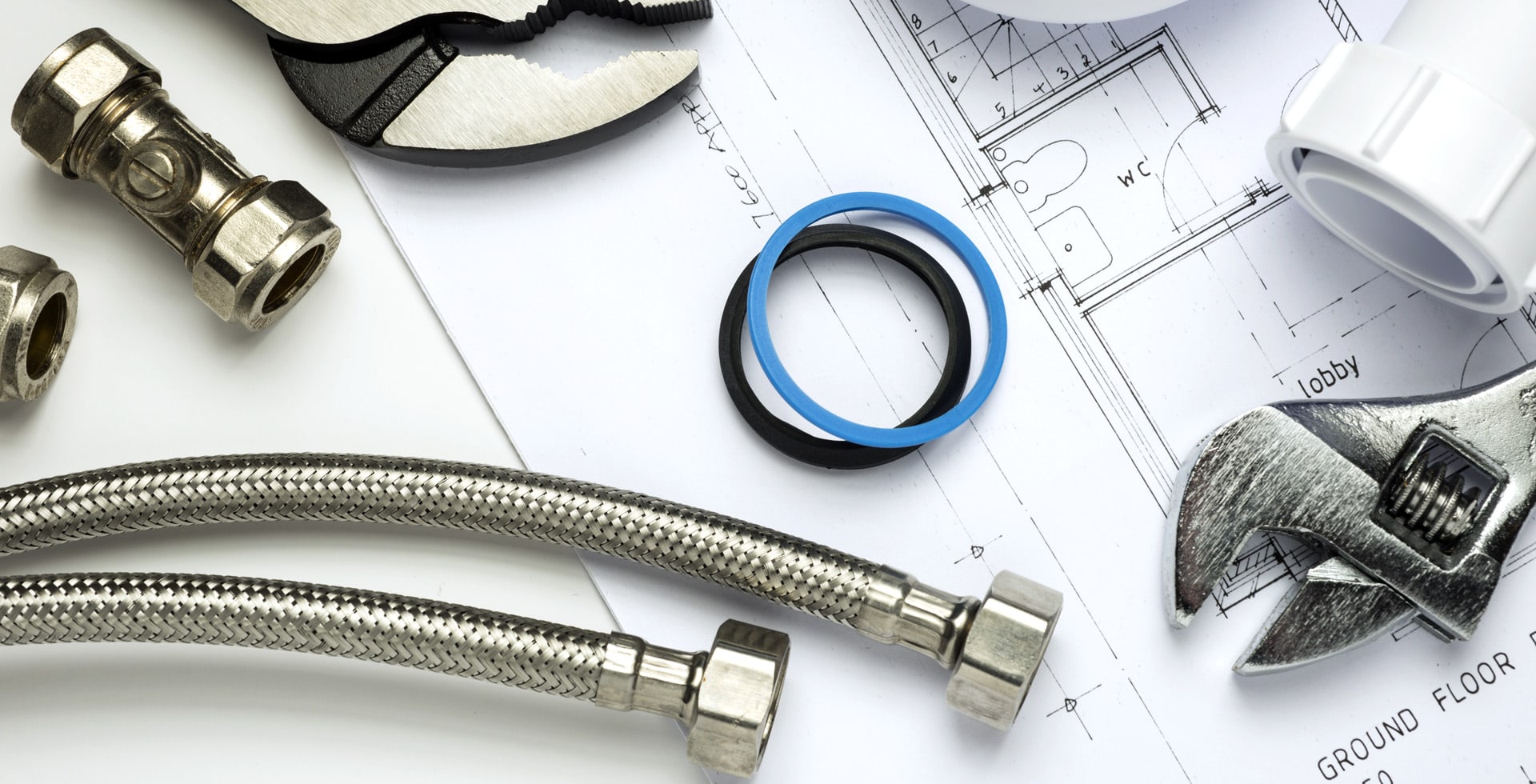Water damage can strike unexpectedly, leaving homeowners in distress. Whether it’s due to a burst pipe, severe weather, or flooding, the aftermath can be overwhelming. If you find yourself facing such a crisis in Eagan, understanding the process of water damage restoration is crucial. Not only does swift action minimize the damage, but it also ensures your home is safe and secure for your family.
In this guide, we’ll dive deep into the essential steps of water damage restoration in Eagan. You’ll learn about the signs of water damage, the restoration process, and tips for preventing future incidents. By the end of this article, you will be equipped with the knowledge to handle water damage effectively and efficiently. Let’s explore how you can protect your property and restore it to its former glory!
16 best water damage restoration in eagan
Understanding Water Damage
Water damage can manifest in various ways, including discoloration on walls, peeling paint, and mold growth. Recognizing these early signs is essential for prompt action. In Eagan, where weather conditions can be unpredictable, homeowners should remain vigilant. When you notice any of these signs, it’s crucial to assess the source of the water. This could be from plumbing issues, roof leaks, or even natural flooding.
The Water Damage Restoration Process
Once water damage is detected, the restoration process begins. Here are the key steps involved:
- Assessment: A professional will evaluate the extent of the damage. This includes checking the affected areas and determining the source of the water.
- Water Extraction: Using specialized equipment, the restoration team will remove standing water from your property. This step is critical to prevent further damage.
- Drying and Dehumidifying: After extraction, it’s essential to dry out the affected areas thoroughly. High-powered fans and dehumidifiers are often used to eliminate moisture.
- Cleaning and Sanitizing: Water damage can lead to mold and bacteria growth. Cleaning and sanitizing the affected areas help mitigate potential health risks.
- Restoration: Finally, the damaged structures are repaired or replaced to restore your home to its original condition. This may include drywall replacement, carpet cleaning, or even structural repairs.
Preventing Future Water Damage
While water damage restoration in Eagan is crucial, prevention is even better. Here are some tips to help you avoid future incidents:
- Regularly inspect your plumbing for leaks or signs of wear.
- Maintain your roof and gutters to prevent water buildup.
- Consider installing sump pumps in basements prone to flooding.
- Keep an eye on local weather reports and take necessary precautions during storms.
By being proactive and aware, you can significantly reduce the risk of water damage in your home. Remember, when disaster strikes, quick action and professional help can make all the difference in restoring your home and peace of mind.

